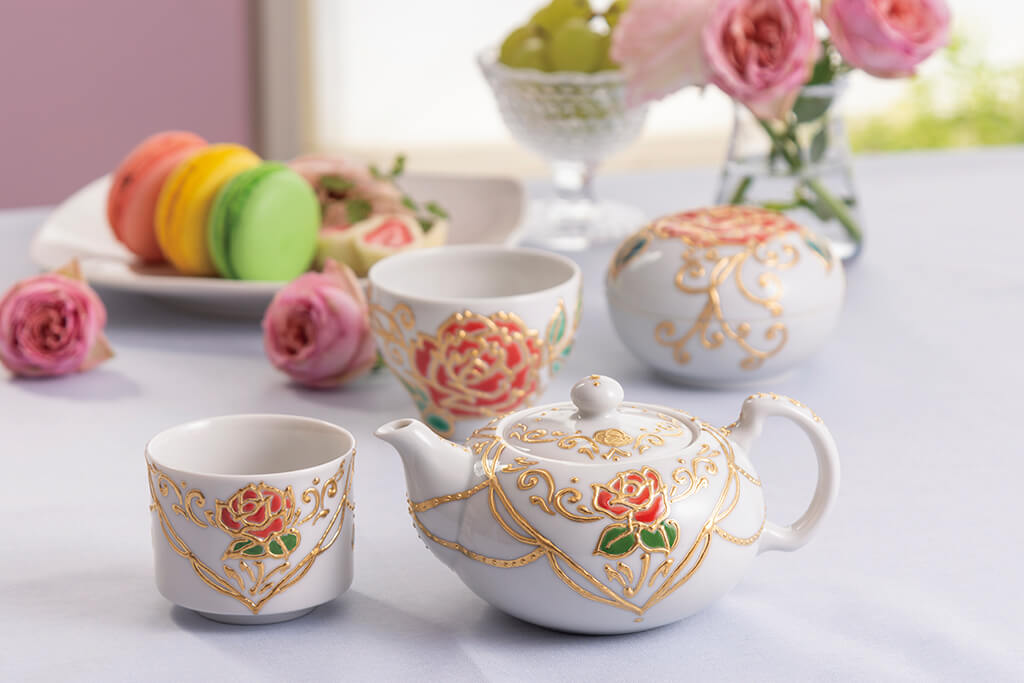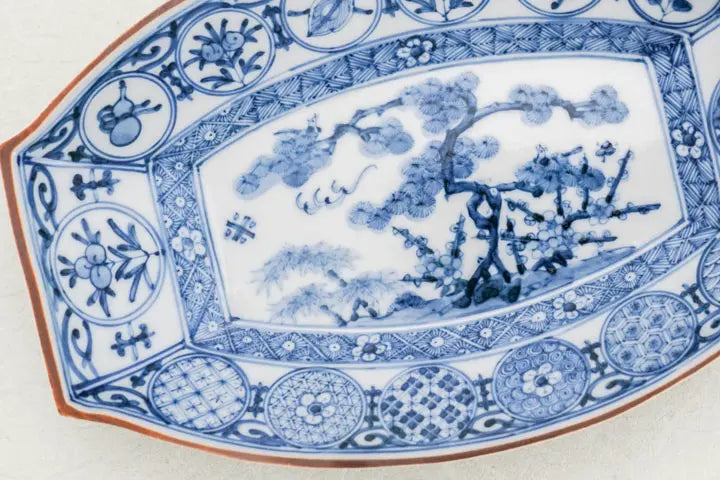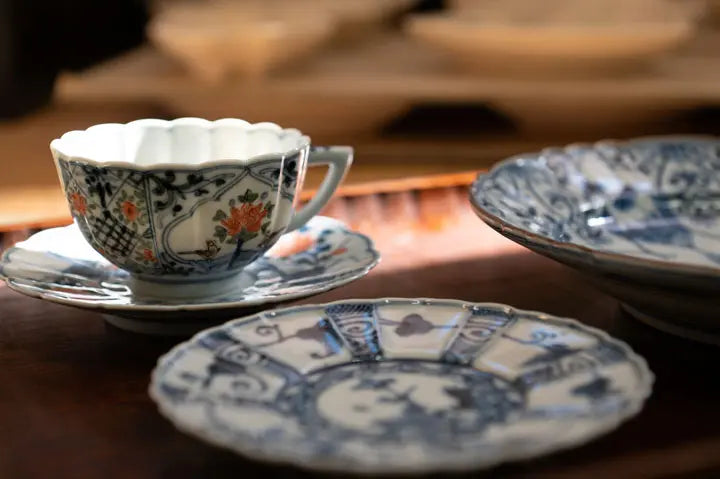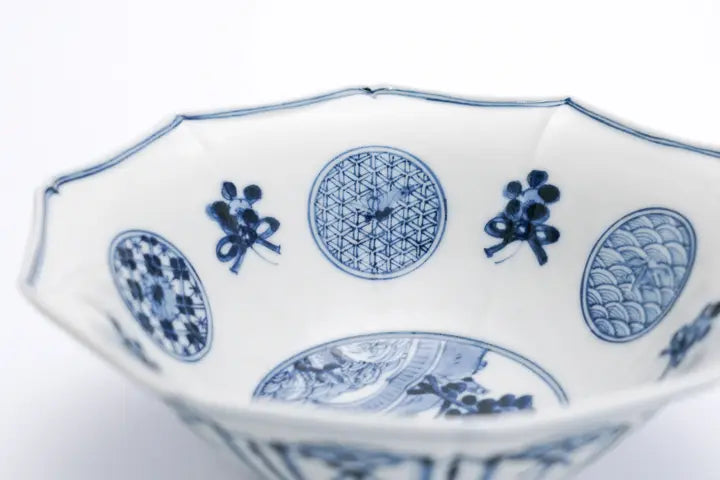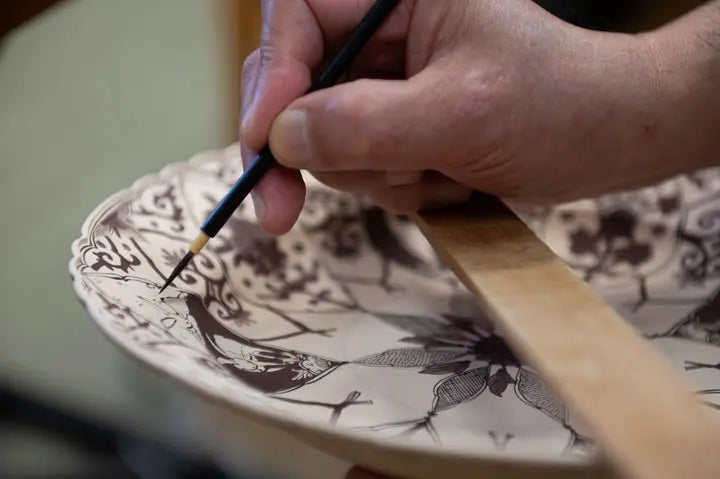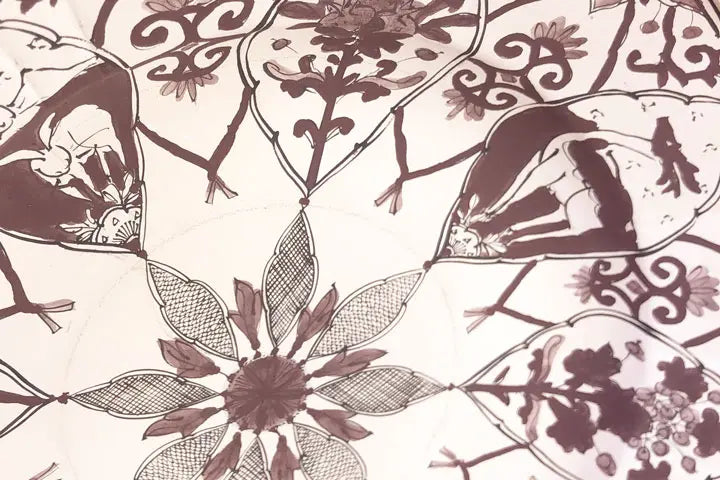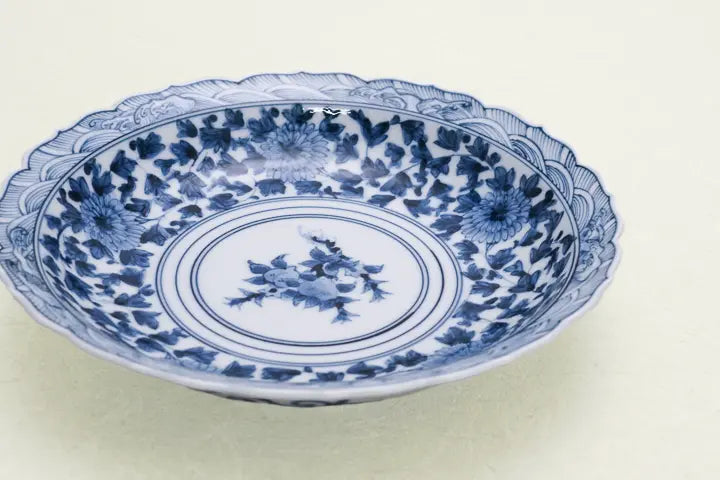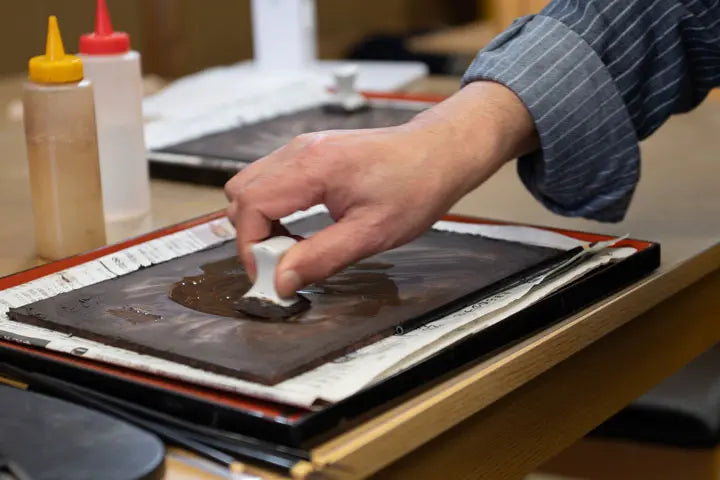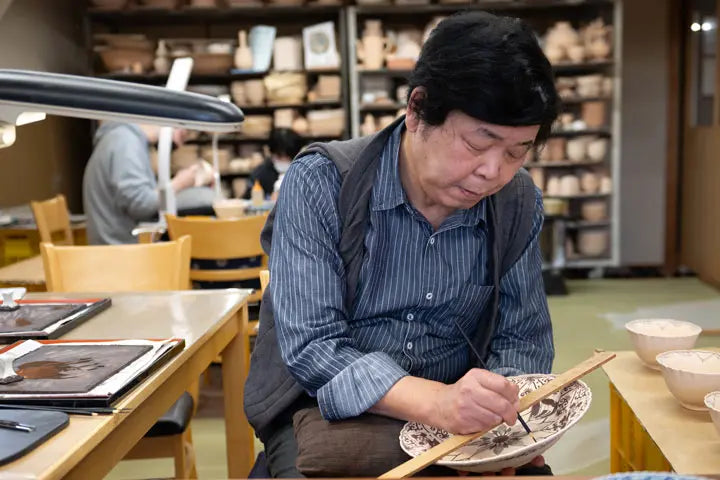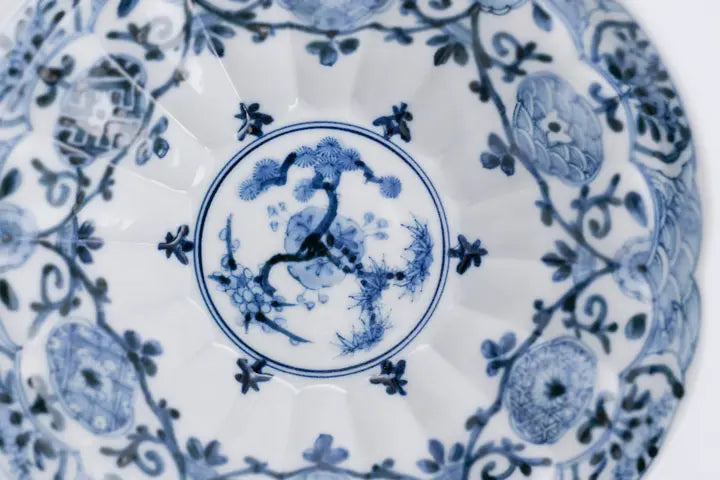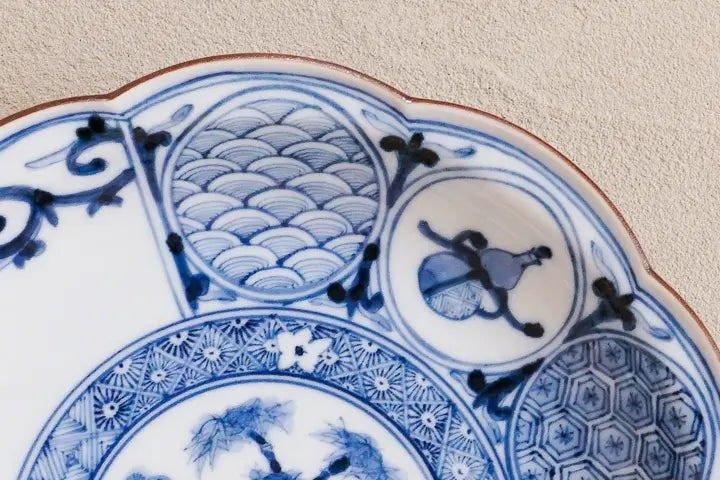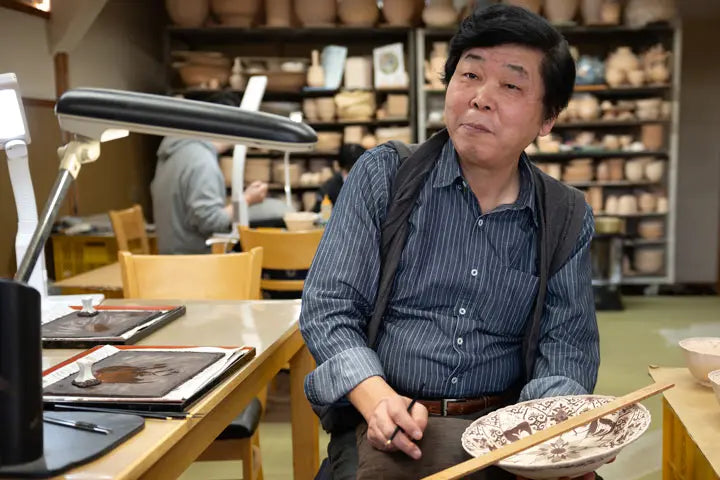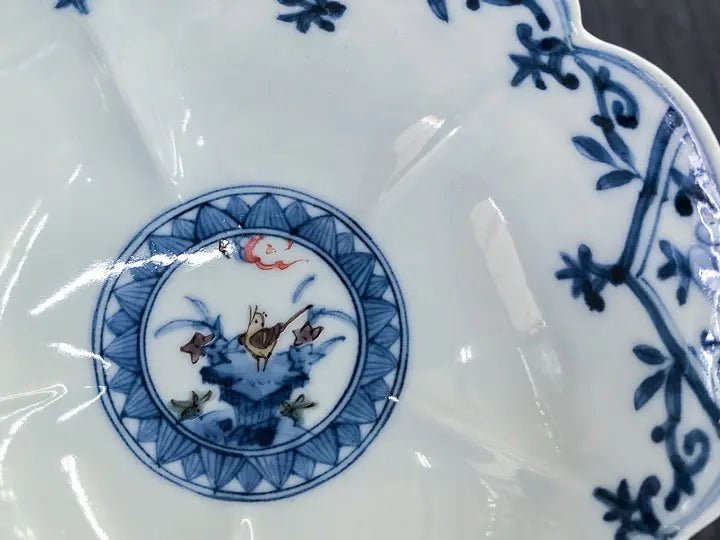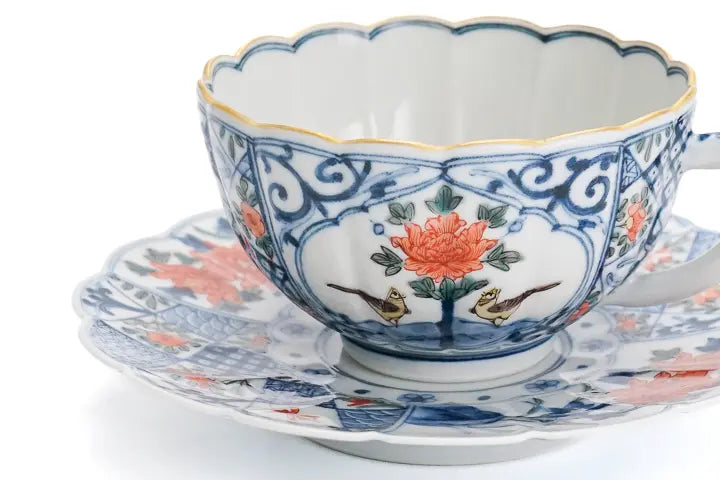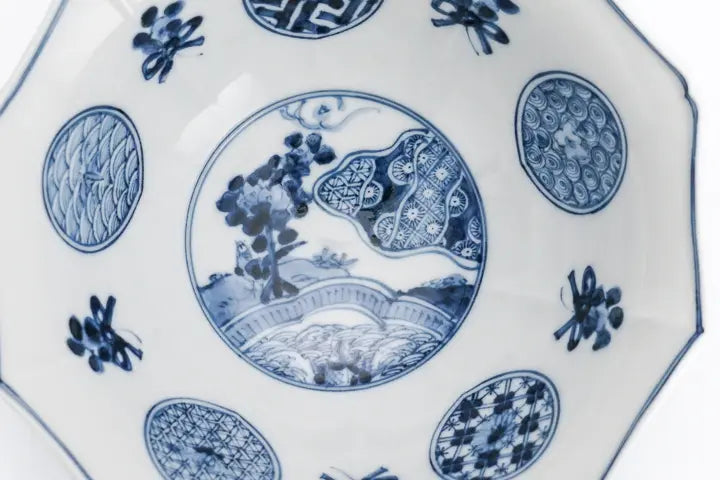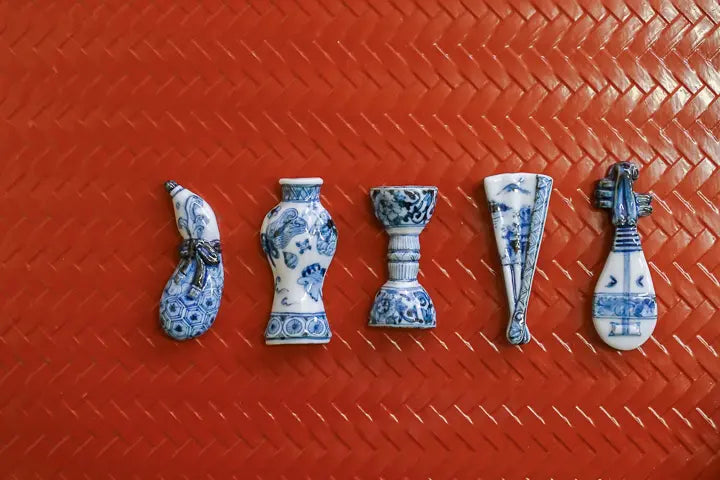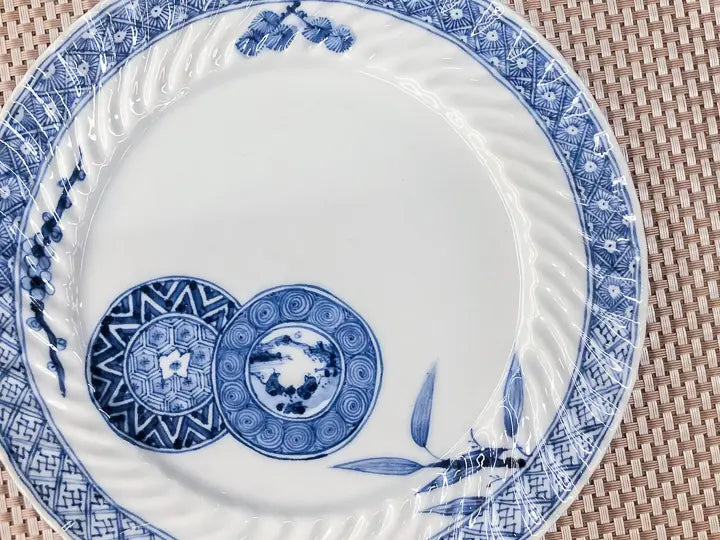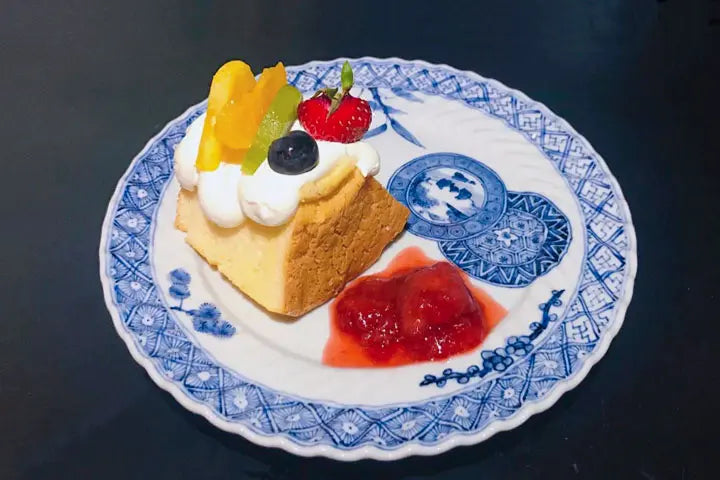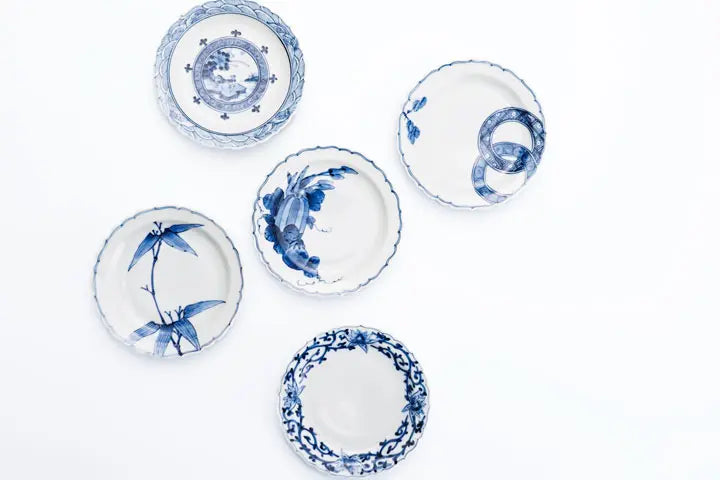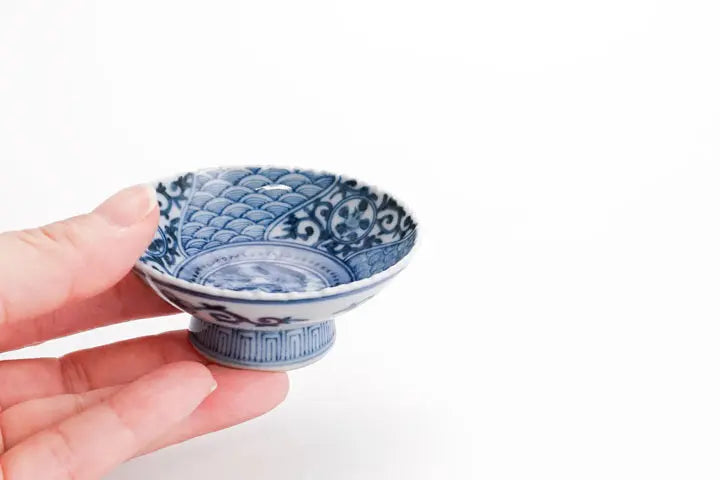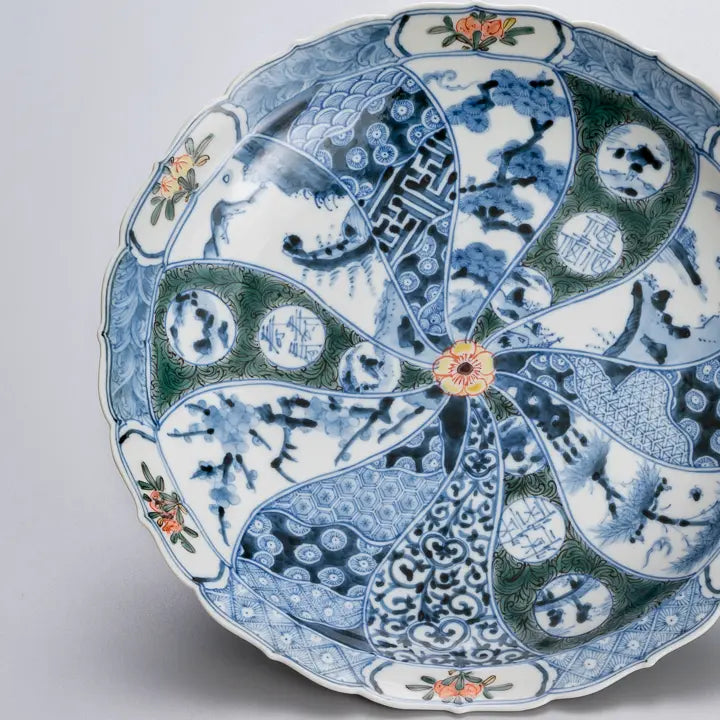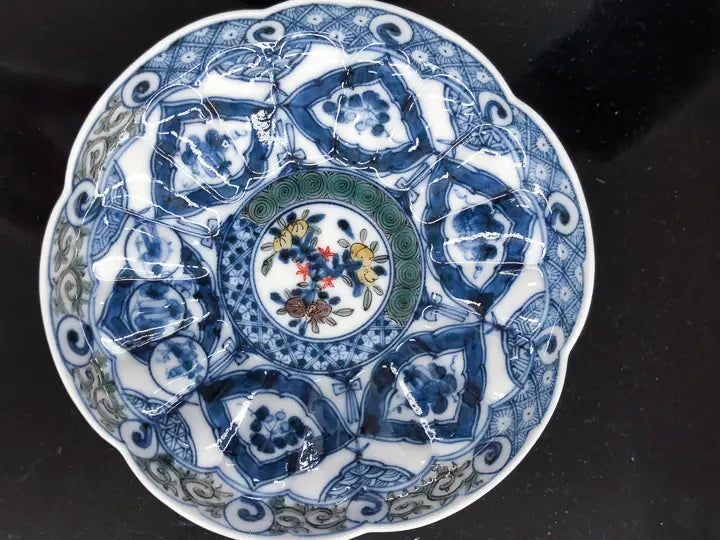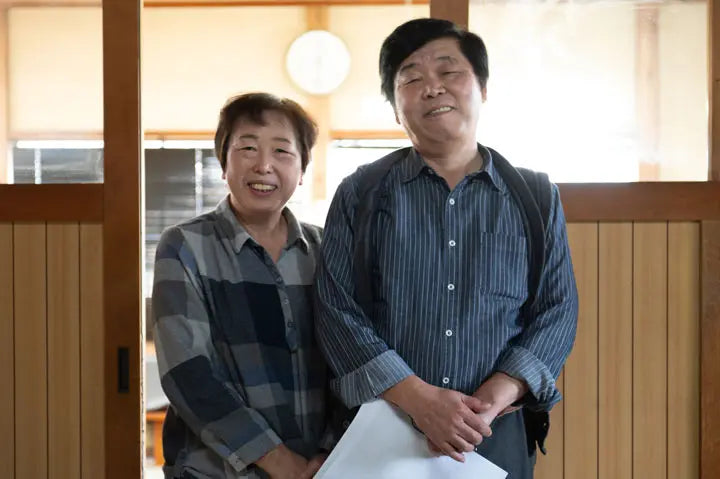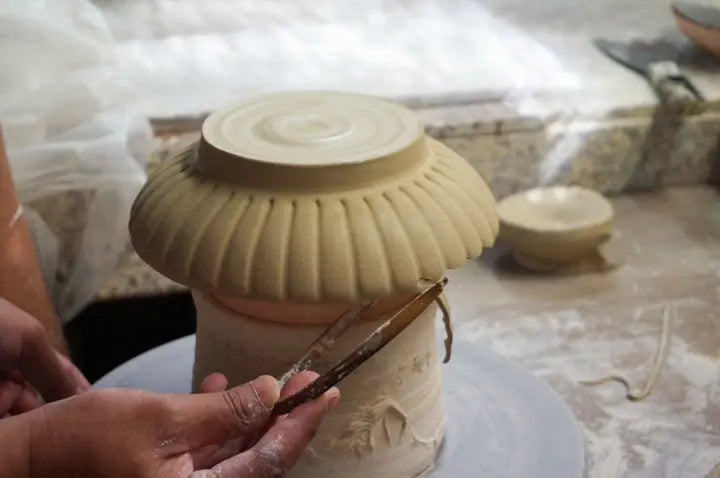Choza Yamamoto, painter for the Imperial Household Agency's official kiln
Beautiful underglaze blue, reminiscent of Kutani ware
Artist of the official kiln of the Imperial Household Agency
Choza Yamamoto
Title
The deep taste of the dyeing process Deep flavor
Title
The ingenuity and effort required to achieve beautiful colouring
Title
With the wish that the person who uses it
I wish for the happiness of the people who use it.
Title
The animals on the crockery are cute and lovable.
Title
Vessels made of dyed fabric that are only visible when in use.
Title
Always have your antennae up to find out what people want
Title
Daring to Play with Sometsuke in Kutaniyaki Ware
How did you become the official kiln of the Imperial Household Agency?
